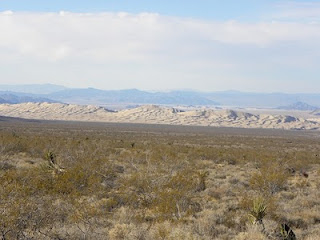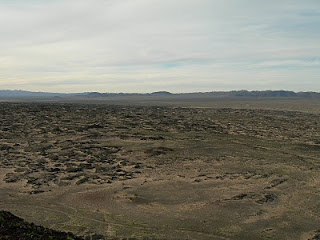The Project Formerly Known as Solar One...
Updates on the certification process for two large-scale solar projects -- Solar One and Beacon Solar The 850 megawatt and approximately 8,000 acre solar project previously titled "Solar One" proposed for the Pisgah, California area (just east of the Interstate 40 and Interstate 15 Junction) has adopted a new name -- Calico Solar Project as proposed by the newly re-named Calico Solar LLC (formerly SES LLC). You can read my December posting on the preliminary environmental impact statement for the Calico site, but the short and dirty is that the site is host to the endangered Mojave Fringe-toed Lizard and Desert Tortoise. As of early January Calico Solar LLC submitted additional information required by the California Energy Commission (CEC) for its application so we can expect to see more forward movement on the certification process. They still have to submit a Desert Tortoise relocation and mitigation plan. However, review of Calico LLC...








